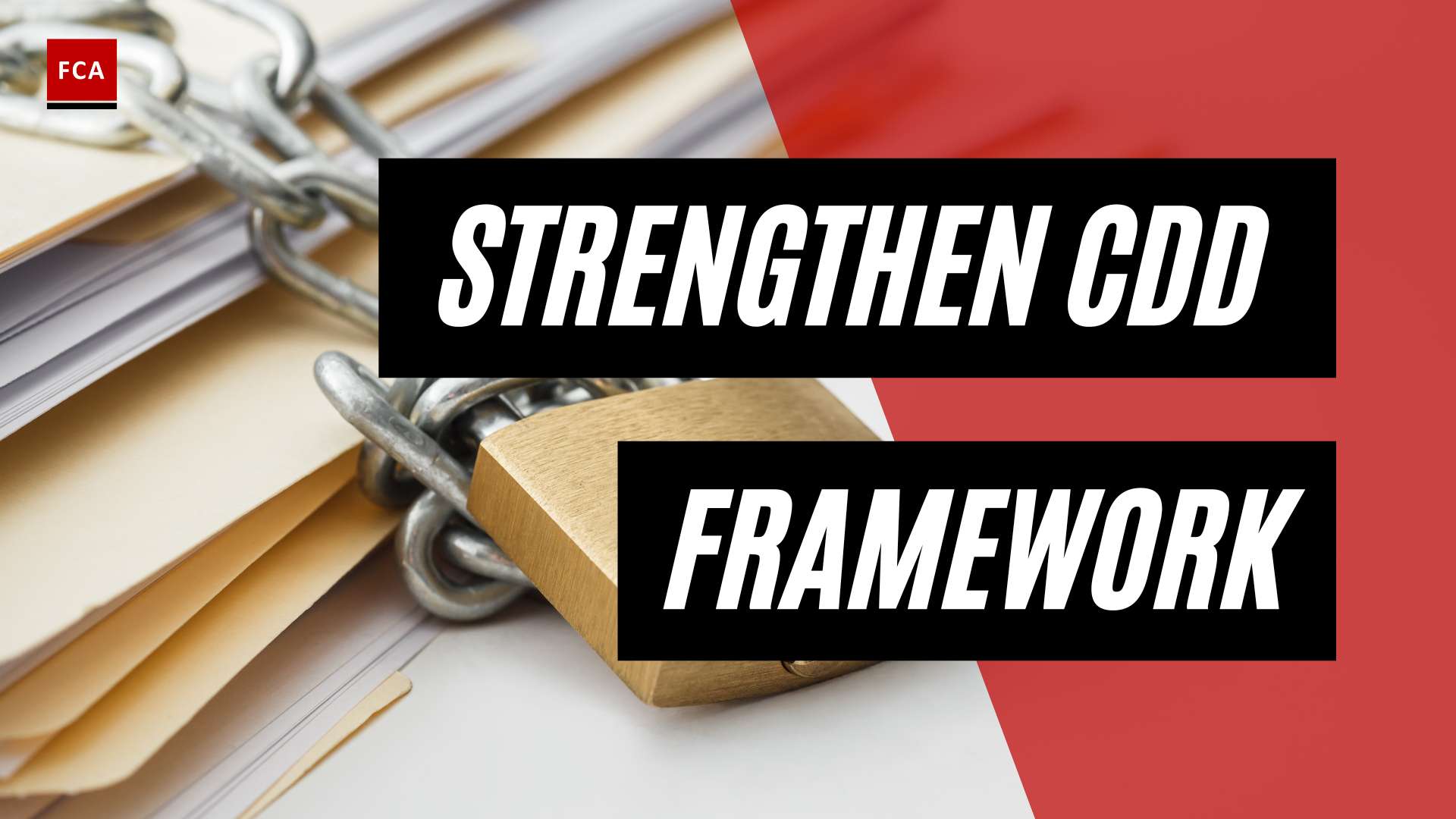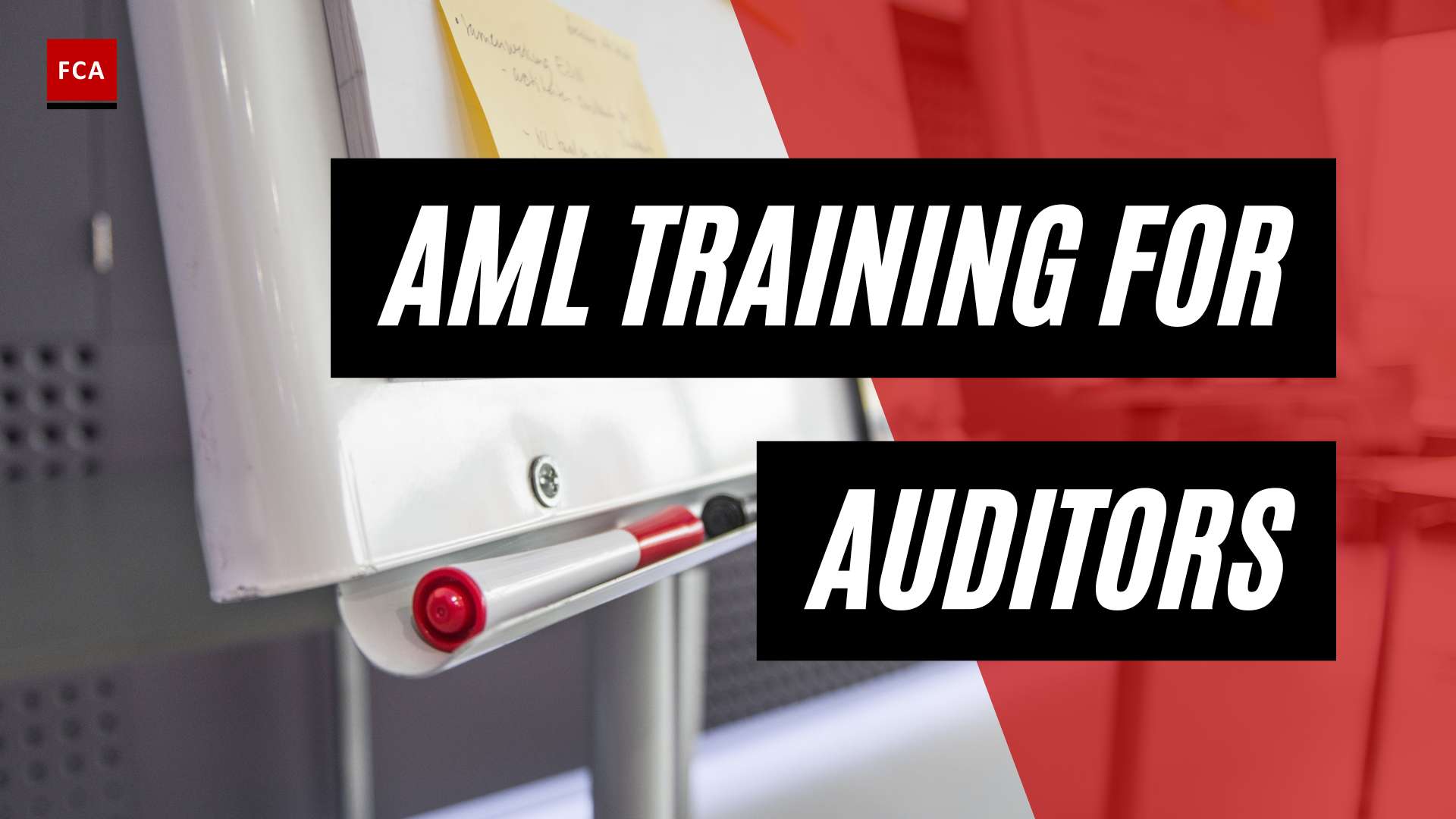Understanding AML Basics
When it comes to combatting financial crime, understanding the Anti-Money Laundering (AML) process serves as an essential starting point. For professionals working in areas such as compliance, risk management, and anti-financial crime, a solid grasp of AML principles is crucial.
The Purpose of Anti-Money Laundering
The Anti-Money Laundering process involves laws and regulations designed to prevent criminals from disguising illegally obtained funds as legitimate income (Investopedia). This process, which is part of a larger regulatory compliance culture, typically involves an in-depth analysis of large volumes of data. With the rise of online financial transactions, the AML process has become increasingly important in the digital age as it can be easier for criminals to hide illicit funds. As such, the process is constantly evolving to keep up with new technologies and trends in financial crime. You can learn more about the foundations of AML in our article on what is AML.
Key Components of AML
The AML process typically includes several key components. Notably, it requires the identification and verification of clients, record-keeping of identification information and transactions, and reporting of suspicious activity to the authorities. These components are designed to provide a comprehensive framework for detecting, preventing, and reporting money laundering activities.
AML regulations can vary greatly among countries and are often tailored to the needs of each specific jurisdiction. This can include differing requirements for data collection, reporting, and enforcement. Several countries have created specialized agencies to enforce AML laws and ensure compliance with regulations. These agencies work in conjunction with global organizations like the Financial Action Task Force (FATF) to combat money laundering activities.
Failure to comply with AML regulations can result in severe penalties for financial institutions, including fines and loss of reputation. Therefore, maintaining robust AML processes and procedures is not just a regulatory requirement but also a key aspect of risk management for these institutions. For more in-depth information on maintaining compliance, explore our article on AML compliance.
In conclusion, understanding the basics of AML is a fundamental step for any professional working in the field of financial crime prevention. Further education through AML training can also provide valuable insights into the evolving landscape of AML regulations, processes, and technologies.
AML Regulations and Compliance
In the realm of anti-money laundering (AML), regulations and compliance play a crucial role in preventing and detecting illicit financial activities. Various organizations and regulatory bodies such as the Financial Industry Regulatory Authority (FINRA) and the Financial Action Task Force (FATF) establish guidelines and standards to ensure that financial institutions adhere to proper AML procedures and practices.
The Role of FINRA in AML
FINRA, a self-regulatory organization, plays a significant role in AML compliance in the United States. It provides member firms with resources and tools to manage their regulatory requirements effectively. One such tool is the FINRA Gateway, which offers access to filings and requests, the ability to run reports, and the option to submit support tickets, thereby assisting firm compliance professionals.
Furthermore, FINRA’s Utility Menu, available on their website, caters to different user groups such as the public, industry professionals, member firms, and case participants. This comprehensive approach ensures that various stakeholders have the resources they need to understand and implement AML regulations.
For more details about AML and its significance, refer to our guide on what is aml.
The Impact of FATF on AML
The Financial Action Task Force (FATF) is a global organization that establishes international standards to combat money laundering and terrorist financing. FATF’s recommendations are recognized and adopted by several countries, shaping their respective AML regulations and compliance procedures.
FATF’s impact on AML is significant. For instance, if a country’s membership is suspended by FATF, as was the case on 24th February 2023, it can have far-reaching consequences for that country’s financial sector (FATF).
AML regulations can vary greatly among countries and are often tailored to the needs of each specific jurisdiction. Failure to comply with these regulations can result in severe penalties for financial institutions, including fines and loss of reputation. For a comprehensive understanding of AML compliance, check out our article on aml compliance.
In conclusion, compliance with AML regulations is not just a legal obligation but a crucial step in safeguarding financial systems and societies from illicit activities and threats. As the landscape of financial transactions evolves, so too does the complexity of AML regulations and the need for continuous training and education in this field. Explore our aml training to stay updated on the latest trends and practices in AML compliance.
AML Processes and Procedures
In the fight against financial crimes, understanding the Anti-Money Laundering (AML) process is crucial. This process outlines various procedures that financial institutions must follow to prevent, detect, and report money laundering activities. Let’s delve into two vital components of the AML process: customer identity verification and transaction monitoring.
Customer Identity Verification
Customer identity verification forms the first line of defense in the AML process. It involves identifying and verifying the identity of clients, which is instrumental in preventing money laundering activities within the financial system. This process often extends beyond just basic information gathering and includes the assessment of the potential risk posed by the customer.
The process uses data such as personal identification details, biometrics, and behavioral patterns to authenticate a customer’s identity. The advancements in technology, such as big data and AI, have made this process more efficient and accurate over time (Sanction Scanner). The entire process is a part of a broader framework known as the Know Your Customer (KYC) policy, which is a crucial component of an effective AML policy.
Transaction Monitoring
Transaction monitoring forms another integral part of the AML process. It involves tracking customer transactions to identify any activity that might indicate money laundering or other financial crimes. This process requires financial institutions to monitor transactions for suspicious behavior and report any such activities to the authorities (Investopedia).
Criminals are known to use complex transactions like layering and integration to conceal the origin of funds, making it difficult for financial institutions to trace the source of funds. However, with the aid of big data, financial institutions can now go beyond transaction level tracking and map out strings of transactions to establish links and identify patterns, aiding in the identification of illicit activities’ origins and the individuals involved in money laundering processes.
While technology has significantly enhanced the efficiency of transaction monitoring, it has also brought new challenges. In 2019, for instance, $2.8 billion in illicit funds were laundered through bitcoin exchanges, highlighting the exploitation of technological advancements for criminal activities.
As technology continues to evolve, so do the methods used by criminals. Therefore, it’s essential that the AML process also evolves, using the latest technologies and practices to combat financial crime effectively. For more information on AML, visit our page on what is AML.
Technology in AML
Understanding the role of technology in the Anti-Money Laundering (AML) process is fundamental in the current digital age. Technological advancements like big data, artificial intelligence (AI), and the rise of digital transactions have reshaped the way financial institutions approach AML compliance.
The Role of Big Data and AI
Big data and AI have become indispensable tools in the fight against financial crime. These technologies have transformed the AML process, enabling a more intelligent and efficient approach to detecting and combating money laundering activities (Sanction Scanner).
AI and machine learning algorithms can rapidly identify patterns in behavior and transactions, significantly reducing the number of false positives that are often associated with traditional trigger alerts in AML. This allows compliance specialists to focus more on analysis, understanding the causes of alerts, and sharing information with other institutions or authorities.
Moreover, big data allows financial institutions to go beyond transaction level tracking. They can now map out strings of transactions to establish links and identify patterns. This aids in the identification of illicit activities’ origins, and the individuals involved in the money laundering processes (Sanction Scanner).
For more on the use of big data and AI in AML, check out our AML training courses.
The Impact of Digital Transactions
The rise of digital transactions has had a significant impact on the AML process. While they offer convenience and efficiency, they also provide an avenue for criminals to hide illicit funds.
In 2019, it was reported that $2.8 billion in illicit funds were laundered through bitcoin exchanges (Sanction Scanner), highlighting how technological advancements can be exploited for criminal activities. To prevent the misuse of their platforms for money laundering purposes, exchanges are urged to implement Know Your Customer (KYC) and Anti-Money Laundering (AML) policies.
The AML process is constantly evolving to keep up with new technologies and trends in financial crime. Financial institutions must stay ahead by continuously updating their AML policies and procedures, incorporating new technological tools, and training their staff to recognize AML red flags in the context of digital transactions.
The role of technology in the AML process is a testament to the dynamic nature of AML compliance. As digital transactions become increasingly prevalent, the need for effective and technology-driven AML processes becomes even more critical. For an in-depth understanding of how technology is shaping the AML landscape, refer to our resources on AML investigation and AML transaction monitoring.
Challenges in AML Compliance
Even with robust policies and stringent regulations, financial institutions still face several hurdles in their Anti-Money Laundering (AML) efforts. The complexity of the AML process often leads to challenges, particularly in cross-border operations and managing resources and talent.
Cross-border and Multi-jurisdictional Challenges
A significant challenge in AML compliance is managing cross-border and multi-jurisdictional standards. Financial institutions operating in multiple jurisdictions must comply with different regulations, causing difficulties in ensuring compliance across the organization and conducting customer due diligence.
With different AML regulations in place in different countries, ensuring uniform compliance can be a daunting task. Moreover, financial institutions may be hesitant to share information with each other and regulatory authorities due to concerns about legal liability and reputational risks. This leads to a lack of cooperation and information sharing, a significant challenge for AML compliance.
Resource and Talent Constraints
Another major challenge in AML compliance is resource and talent constraints. Financial institutions often struggle with insufficient data or technology resources for effective AML compliance. This includes a lack of necessary customer, transaction, or third-party data, and the absence of necessary analytics tools to identify suspicious activity.
There is also the issue of manual AML processes being prone to errors. One study showed an average of 13,000 false alerts per month in large financial institutions, causing inefficiencies and increased operational costs.
Talent constraints pose a significant challenge in AML compliance as well. Finding skilled AML professionals can be difficult due to high demand, a shortage of qualified candidates, high onboarding expenses, and a high turnover rate. As a result, organizations often struggle to maintain a knowledgeable and compliant workforce.
Financial institutions are addressing these challenges by investing heavily in AML compliance technologies. In 2023, they are expected to invest $8.5 billion in AML compliance technologies, a 22% increase from 2022, to streamline processes and reduce compliance costs.
As the landscape of AML continues to evolve, it becomes increasingly important to stay updated on the latest trends, regulations, and challenges in AML compliance. Regular AML training and staying informed about the latest AML policies can help professionals effectively navigate the complex AML landscape and ensure compliance.
Case Study: AML in Canada
Understanding the application of anti-money laundering (AML) processes in specific jurisdictions can provide valuable insights for professionals in compliance, risk management, and anti-financial crime. In this section, we explore Canada’s AML/ATF Regime and its efforts to combat money laundering and terrorist financing challenges.
Canada’s AML/ATF Regime
Canada’s AML/ATF Regime is a robust and comprehensive set of legislative statutes that aim to combat money laundering and terrorist financing while respecting the constitutional and privacy rights of Canadians. This regime consists of 13 federal departments and agencies, provincial and municipal law enforcement agencies, and private sector entities, all working together to ensure that Canada adheres to international AML standards.
The Regime collaborates with international organizations such as the Financial Action Task Force (FATF), FATF-Style Regional Bodies (FSRBs), the Egmont Group of Financial Intelligence Units (FIUs), and Five Eye Partners (United States, United Kingdom, New Zealand, and Australia) to address global money laundering and terrorist financing threats (Canada.ca).
Canada also employs a comprehensive initiative known as the National Inherent Risk Assessment (NIRA), which assesses the inherent money laundering and terrorist financing risks faced by specific sectors and products in the country. According to the NIRA, transnational organized crime groups and professional money launderers remain key money laundering threat actors in Canada (Canada.ca).
Challenges and Improvements in Canada’s AML Strategy
Despite the comprehensive nature of Canada’s AML/ATF Regime, it faces certain challenges in effectively combating money laundering and terrorist financing. Recent assessments of the money laundering threat in Canada identified illicit drug trafficking, various types of fraud (especially mass-marketing fraud), and third-party money laundering as the largest money laundering risks. The most significant terrorist financing threats in Canada are from Hizballah and Al-Shabaab.
Recent reviews of the Regime have pointed out weaknesses in information sharing, low levels of convictions for money laundering and terrorist financing, low levels of proceeds of crime recovery, and legislative and regulatory gaps. These gaps include coverage of the legal profession and issues regarding beneficial ownership transparency.
Addressing these challenges requires continuous improvement in the AML process and increased collaboration among all stakeholders involved in AML compliance. For professionals in this field, understanding these challenges and the strategies used to tackle them can help in enhancing their own AML compliance efforts and AML training programs. By staying informed about the changing landscape of AML regulations and threats, professionals can better equip themselves to detect and prevent illicit financial activities in their own jurisdictions.








